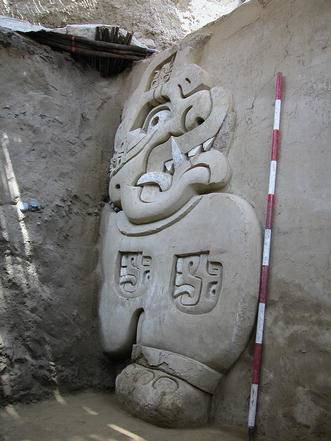The feline of Huaca Partida is a significant artifact discovered in Peru. It represents the Moche culture, known for its pottery, architecture, and artwork. This artifact, depicting a feline figure, offers insights into the religious and symbolic practices of the Moche people. The discovery of the feline figure has sparked interest among historians and archaeologists,…
Ancient Artifacts
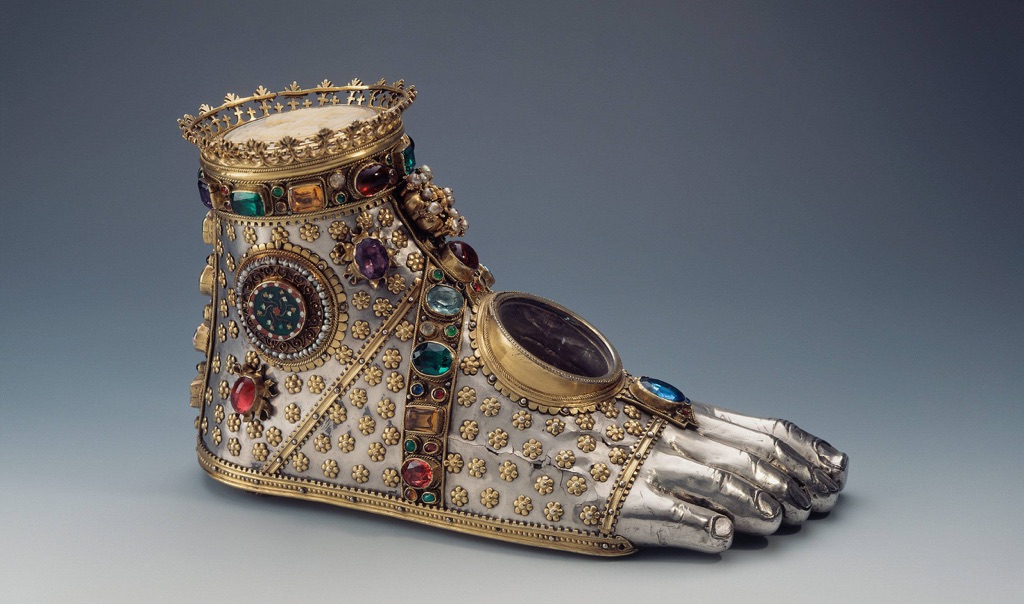
Moving to the East, ancient China artifacts like bronze vessels and oracle bones shed light on the rituals and governance of early Chinese dynasties. These artifacts highlight China’s long history of craftsmanship and written language. Similarly, ancient Egyptian artifacts are world-renowned, particularly for their funerary art, such as the treasures from King Tutankhamun’s tomb. These pieces reflect the Egyptians’ beliefs about death and the afterlife. Artifacts are not just old objects to be displayed in museums; they are keys to unlocking the secrets of human development across the ages. They preserve the ideas and values of people who lived thousands of years before us. Through careful study, they teach us about our collective history and heritage.
Among the most famous ancient artifacts in the world is the Rosetta Stone. Discovered in 1799, this granodiorite stele was the key to understanding Egyptian hieroglyphs—a script made of small pictures that was used originally in ancient Egypt for religious texts. The Rosetta Stone is inscribed with a decree issued at Memphis in 196 BC on behalf of King Ptolemy V. The decree appears in three scripts: the upper text is Ancient Egyptian hieroglyphs, the middle portion Demotic script, and the lower Ancient Greek. Because it presents essentially the same text in all three scripts, it provided the crucial link for scholars to decipher Egyptian hieroglyphs, thereby opening a window into ancient Egyptian history.
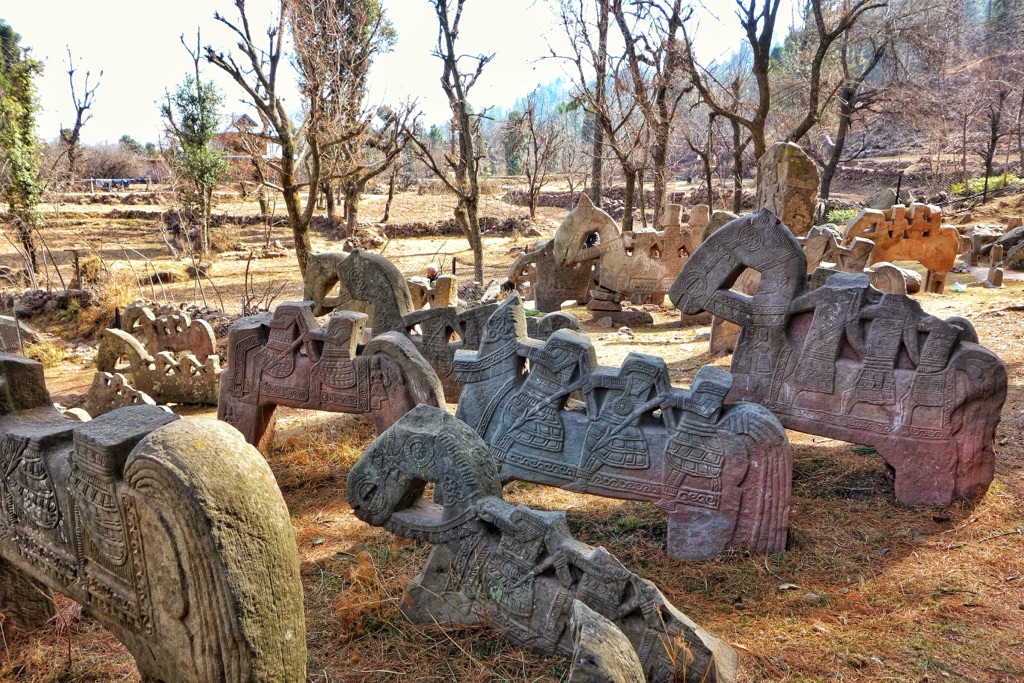
The title of the oldest artifact on earth goes to the stone tools found in Lomekwi 3, Kenya, which date back to 3.3 million years ago. These tools predate the earliest known humans and suggest that tool-making was a part of our pre-human ancestors’ way of life. These ancient tools mark a significant milestone in human evolutionary history, indicating the beginnings of technology and innovation. They are not just simple objects; they represent the dawn of human ingenuity and the very first steps towards the complex societies we have today.
An ancient artifact can be defined as any item made or used by humans in ancient times that has cultural, historical, or archaeological significance. These artifacts can range from monumental structures like the pyramids of Egypt to small, everyday objects like Roman coins. They can include items as diverse as weapons, clothing, and artwork. Each artifact, no matter its size or apparent significance, offers a glimpse into the lives of those who came before us, providing evidence of past behaviors, beliefs, and social structures.
Famous ancient artifacts not only include monumental finds like the Rosetta Stone or the treasures of Tutankhamun’s tomb but also the Terracotta Army of China, the Dead Sea Scrolls, and the Venus of Willendorf. The Terracotta Army, buried with the first Emperor of China, Qin Shi Huang, consists of thousands of life-sized figures meant to protect the emperor in the afterlife. The Dead Sea Scrolls, discovered in a series of caves near the Dead Sea, are ancient Jewish texts that offer invaluable insight into the history of Judaism and the early text of the Bible. The Venus of Willendorf, a small Paleolithic figurine discovered in Austria, dates back to about 28,000 BCE and is thought to represent fertility. Each of these artifacts, in its own way, has reshaped our understanding of human history, offering evidence of the complexity, diversity, and ingenuity of ancient civilizations.
List of Discovered Ancient Artifacts
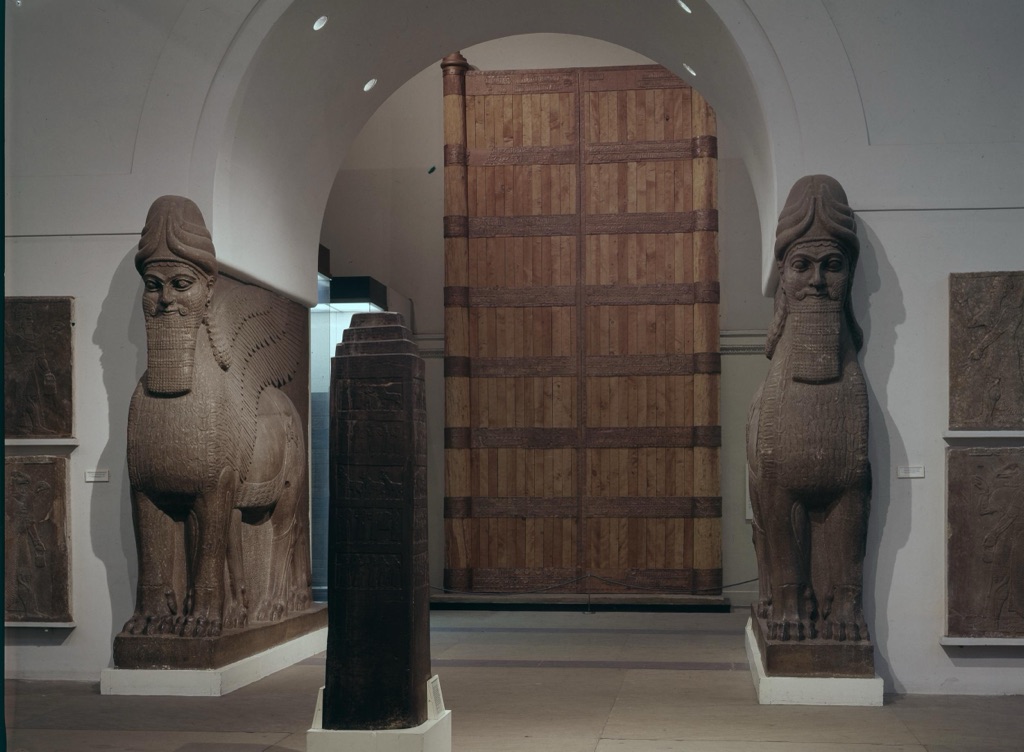
Black Obelisk of Shalmaneser III
The Black Obelisk of Shalmaneser III is a significant artifact from ancient Mesopotamia. It is a black limestone Assyrian sculpture with reliefs that depict the military campaigns and tribute bearers of King Shalmaneser III. This piece stands as a testament to the Assyrian king’s power and the empire’s interactions with neighboring regions. The obelisk contains detailed inscriptions and is one of the most complete Assyrian reliefs, providing valuable insights into the political and social dynamics of the 9th century BC.
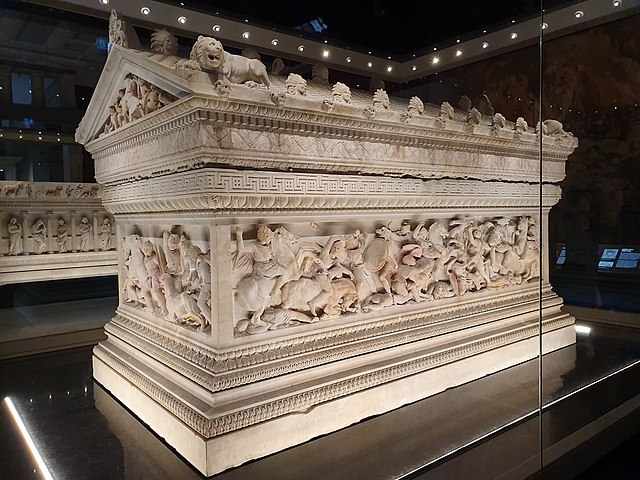
Alexander the Great Sarcophagus
Known for encapsulating the grandeur of an ancient era, the sarcophagus attributed to Alexander the Great stands as a symbol of artistry and history. Unearthed in the Royal Necropolis of Sidon, it’s adorned with intricate bas-reliefs depicting vivid battle scenes and lions’ heads that project a powerful legacy. Although it’s not certain that Alexander’s remains were ever contained within, this sarcophagus captures the spirit of the Macedonian conqueror’s epoch.

Kudurru Stones
At the crossroads of ancient civilizations, the Kudurru Stones mark a pivotal heritage of Mesopotamian society. They are not just markers of land but also a testament to the sophisticated bureaucracy and laws of the time. Intricately carved with symbols and cuneiform inscriptions, these boundary stones proclaim the power of kings and gods. They served as legal documents, detailing grants of land by the sovereign. By understanding these artifacts, we delve into the depths of ancient land rights and divine intercessions.
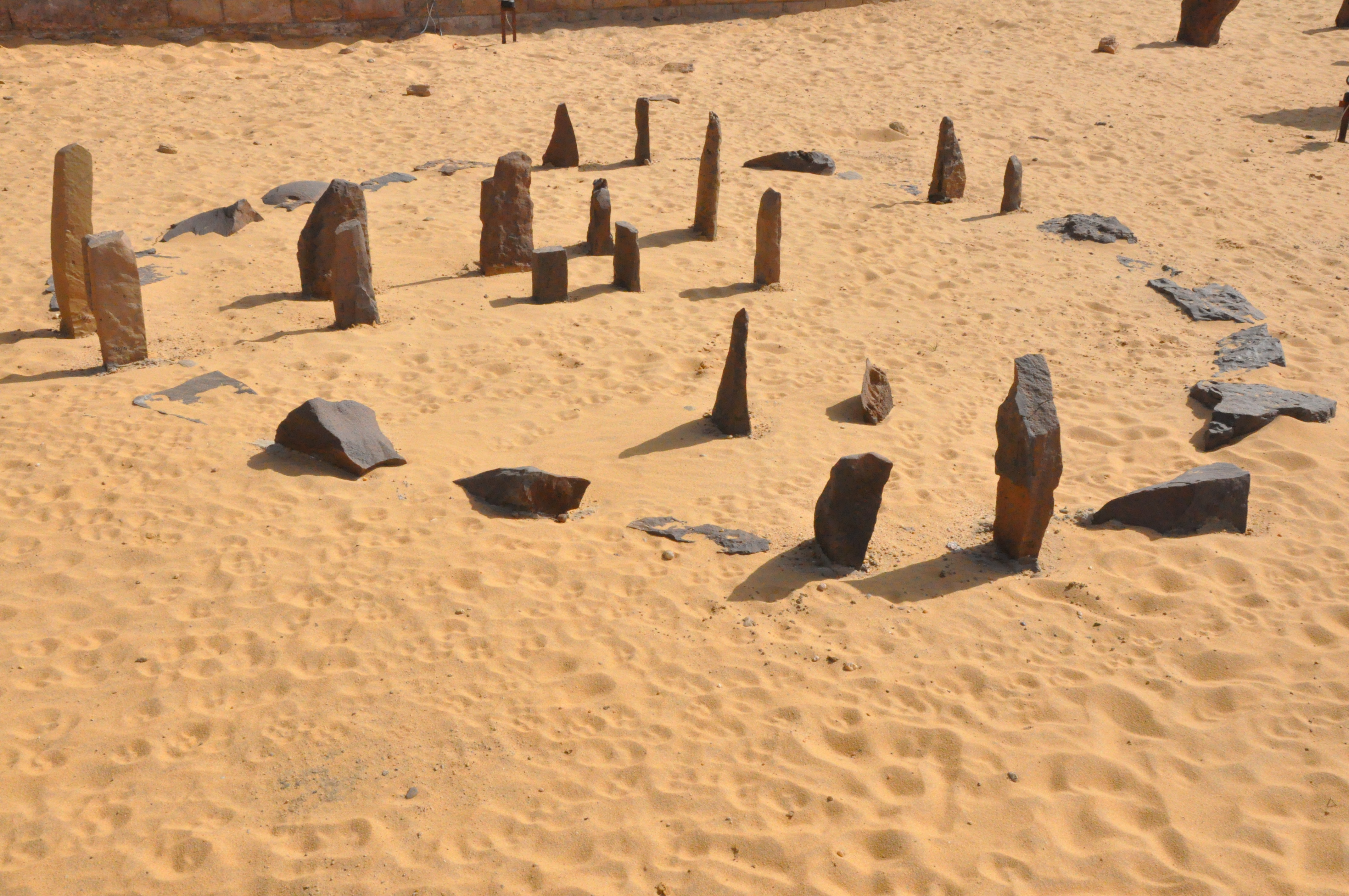
The Nabta Playa Stone Circle
Located in the vast Sahara Desert, Nabta Playa is a testament to the ingenuity of ancient cultures. This captivating archaeological site was a hub for prehistoric communities around 7,500 BCE. Scientists regard it as one of the earliest known astronomical devices. The stone circles and other megalithic structures align with astronomical events. These formations reveal the early settlers’ understanding of the cosmos. Their sophisticated knowledge laid the groundwork for later civilizations.
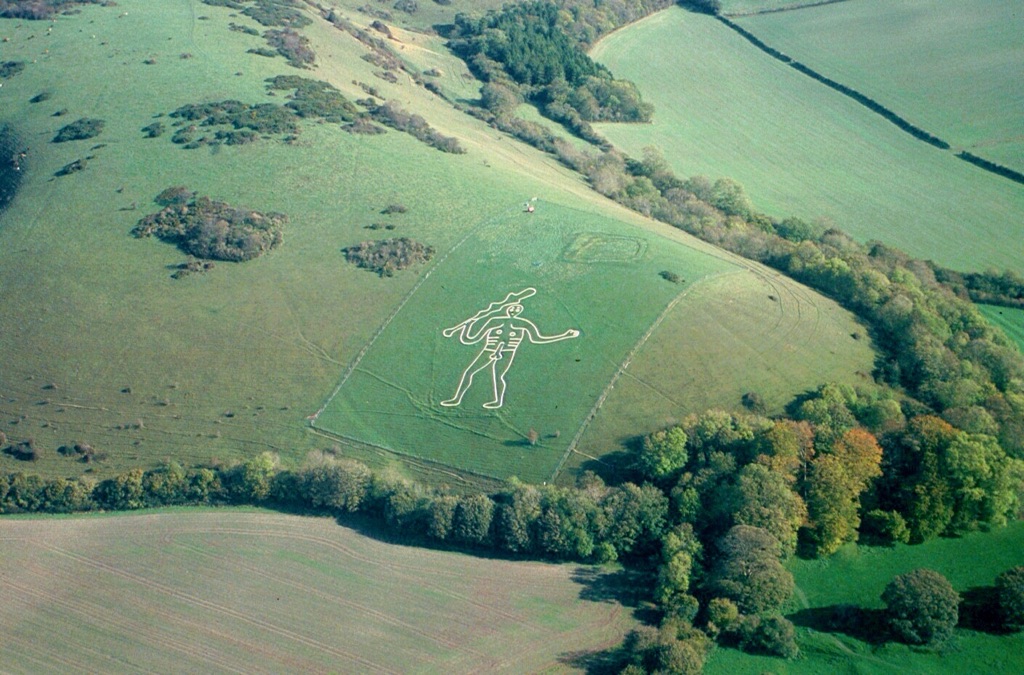
The Cerne Abbas Giant in Dorset, England
The Cerne Abbas Giant in Dorset, UK, is a captivating figure etched into the chalk hills. Shrouded in mystery, its origins and purpose inspire curiosity. Some theories suggest it’s an ancient symbol of fertility, while others believe it to be a caricature of Oliver Cromwell. Its impressive stature and notable phallic symbol have made it both a landmark and a topic of ongoing research and debate.

